What is a contraction?
Simply the co-ordinated movement of the muscle fibres within the womb. The uterus prepares for birth throughout pregnancy with Braxton Hicks practice contractions (whether we consciously notice them or not).
"One cannot actively 'help' a woman to give birth naturally. The goal is to avoid disturbing her unnecessarily" - Michel Odent, obstetrician
The middle layer of the womb is pure muscle; if all is well, it is strong enough to birth your baby all by itself, even in a coma. A contraction is just a muscular movement lasting about 45 - 90 seconds, triggered by pulses of the birth hormone oxytocin.
Oxytocin is released deep in the mid-brain when you feel safe, secure, warm and loved - these conditions are required for birth to begin and progress effectively.
Oxytocin also 1) increases prostaglandin hormone production: to soften, thin and release the circular muscle fibres of the lower uterine segment, including the cervix - the neck of the womb (aka 'effacement'): 
2) Over the course of the birth journey, oxytocin gradually causes your body to flood with beta-endorphins: to increase comfort and help you 'zone out'. 
When your baby is ready, you'll notice perhaps irregular, becoming more regular 'lifting up' contractions, where the muscle fibres pull upwards and gather the top of the womb: this can be described as 'tightenings', 'rushes', 'waves' and 'surges' that come every few minutes, with complete relaxation inbetween.
Contractions are most effective with very deep, slow breathing and complete physical release... "floppy like a rag-doll"
This ensures optimum blood flow down to the muscle layer of the uterus, enabling it to work efficiently: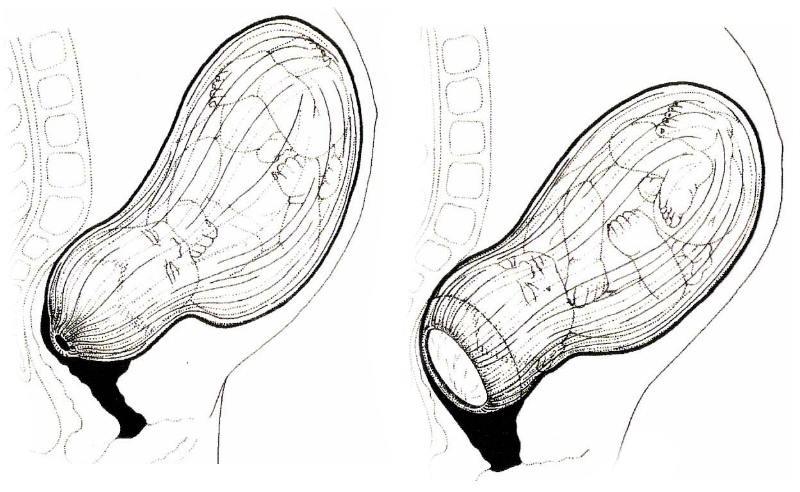
Each subsequent 'lifting up' contraction causes more and more muscle fibres to be retained and build up at the top of the womb (the fundus). The subsequent reduction in volume inches your baby down and rotates them through your pelvis (with the support of a strong pelvic floor). A baby who is optimally positioned also presses against the softening, thinning, progressively opening cervix...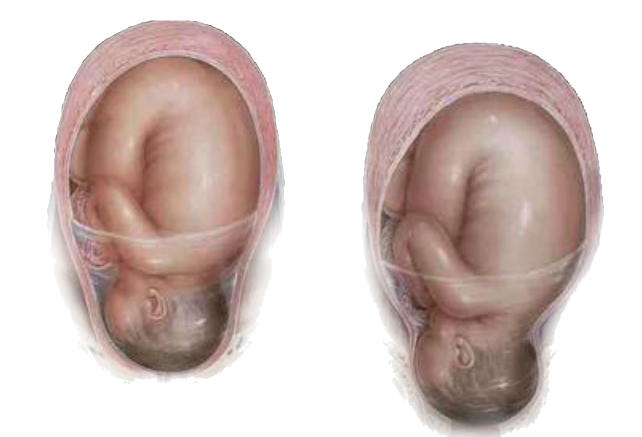
When the fundus is nice and bulky, and your baby has decended deep within the pelvis, adrenaline is suddenly released (aka 'transition') (read my transition article including experiences from hypnobirthers).
Transition shifts things up a gear, and instead of 'lifting up', the muscle fibres are now increasingly and automatically pushing down instead. Your fundus acts as a piston, with powerful expulsive surges sliding your baby down through the stretchy, widening vagina and vulva: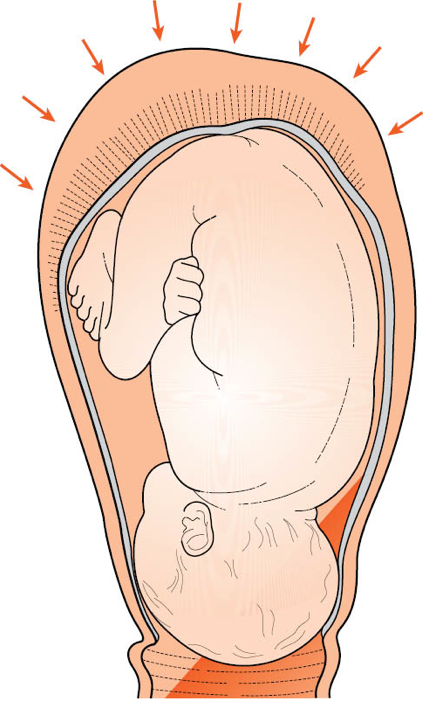


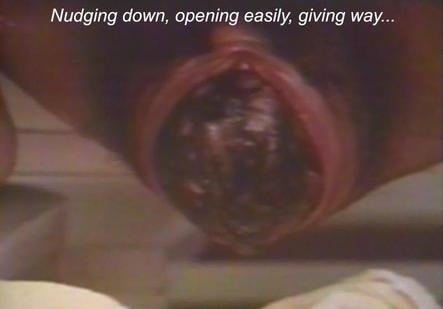
Following baby's crowning, rotation (restitution) and birth, the placenta gradually detaches from the lining of the womb, before being birthed by the recurrence of a few expulsive contractions.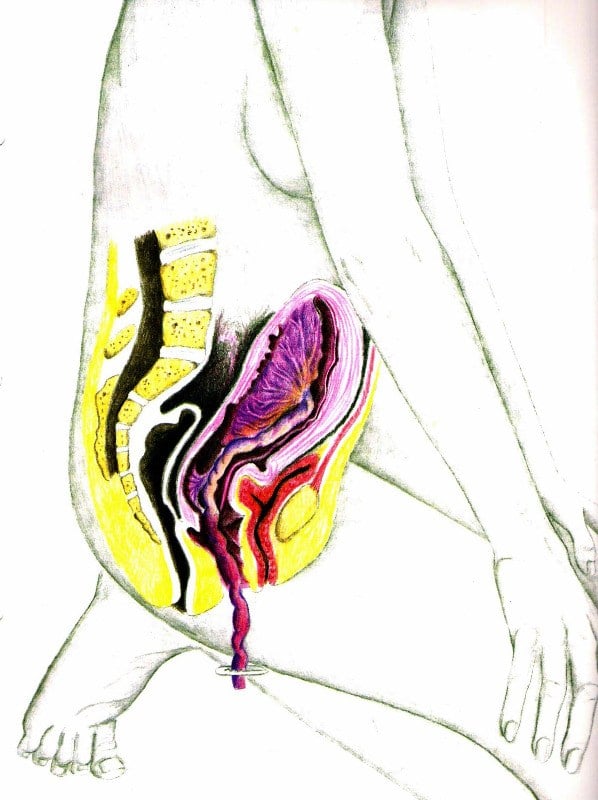
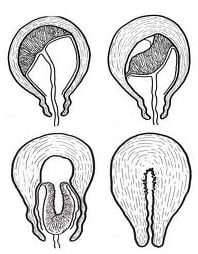
Next steps...
Read my articles on:-
Giving birth in a coma
The transition phase
What is hypnosis?